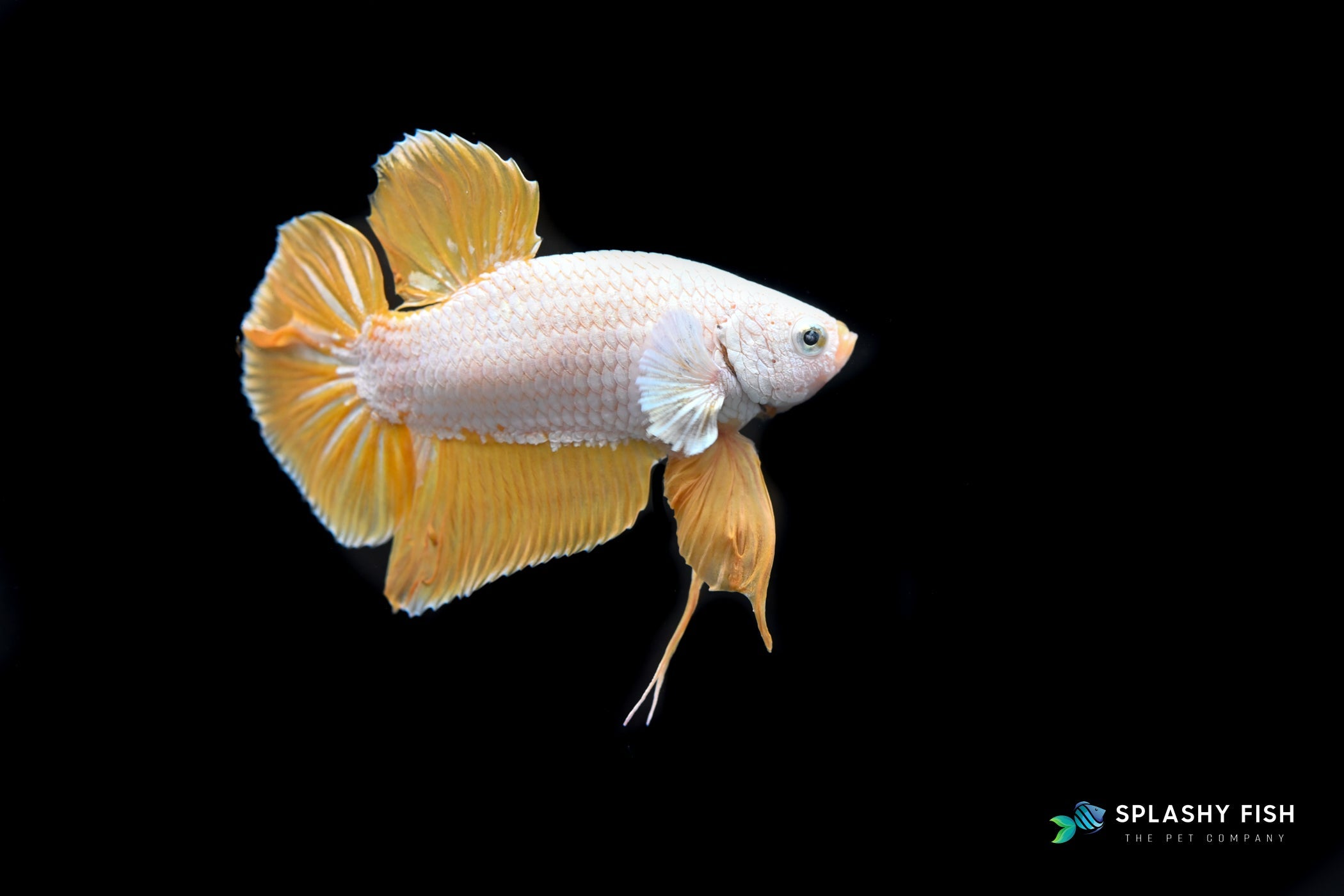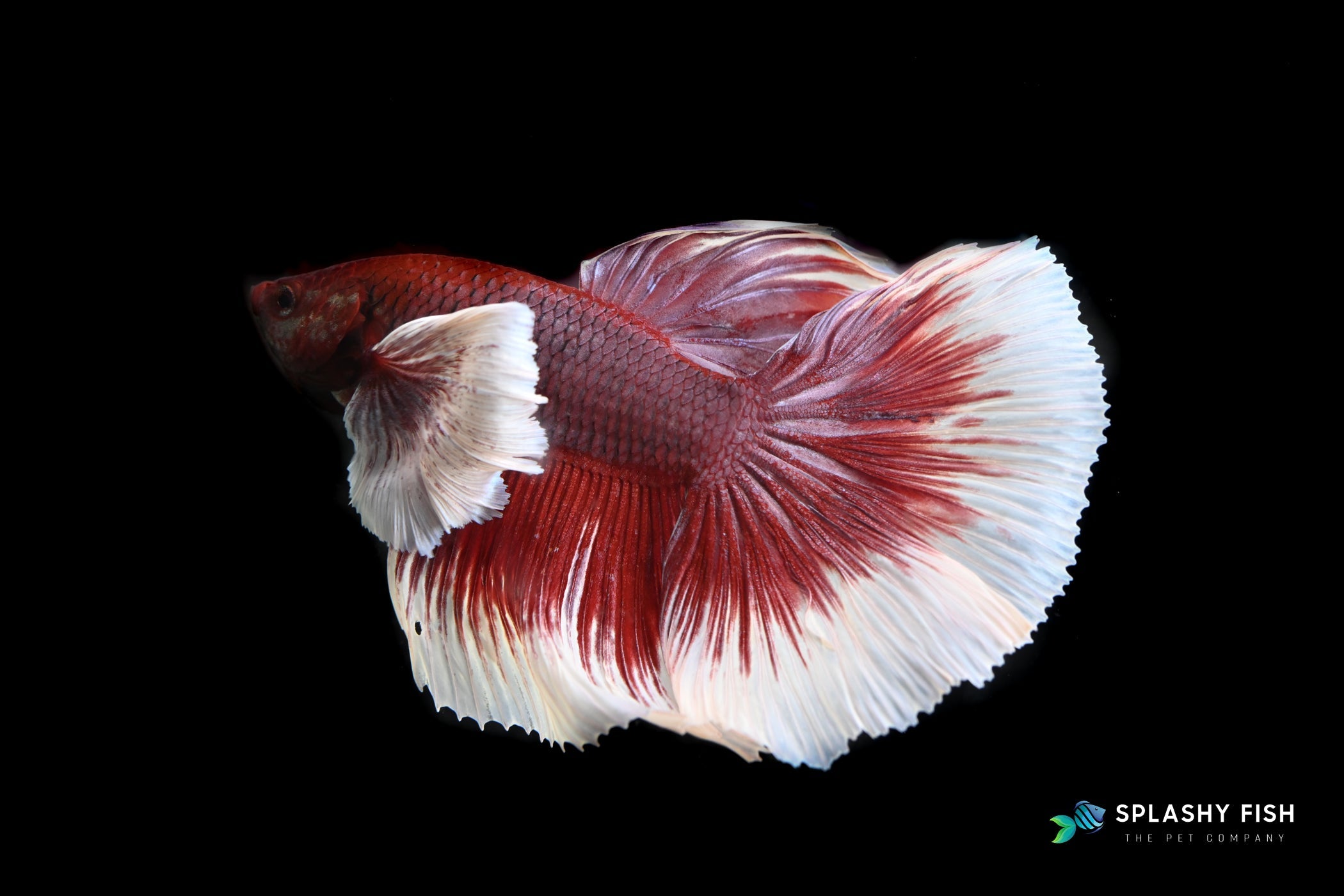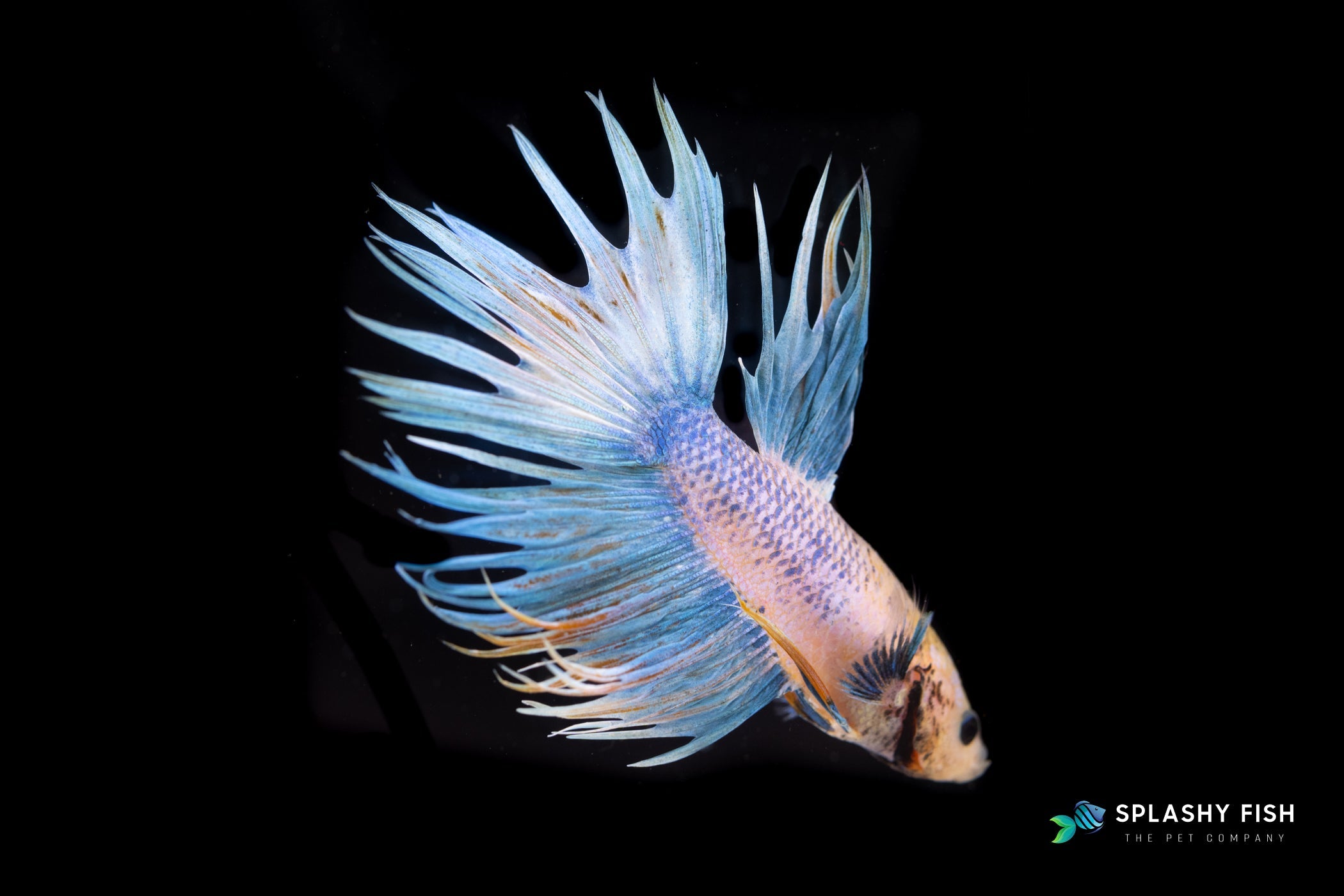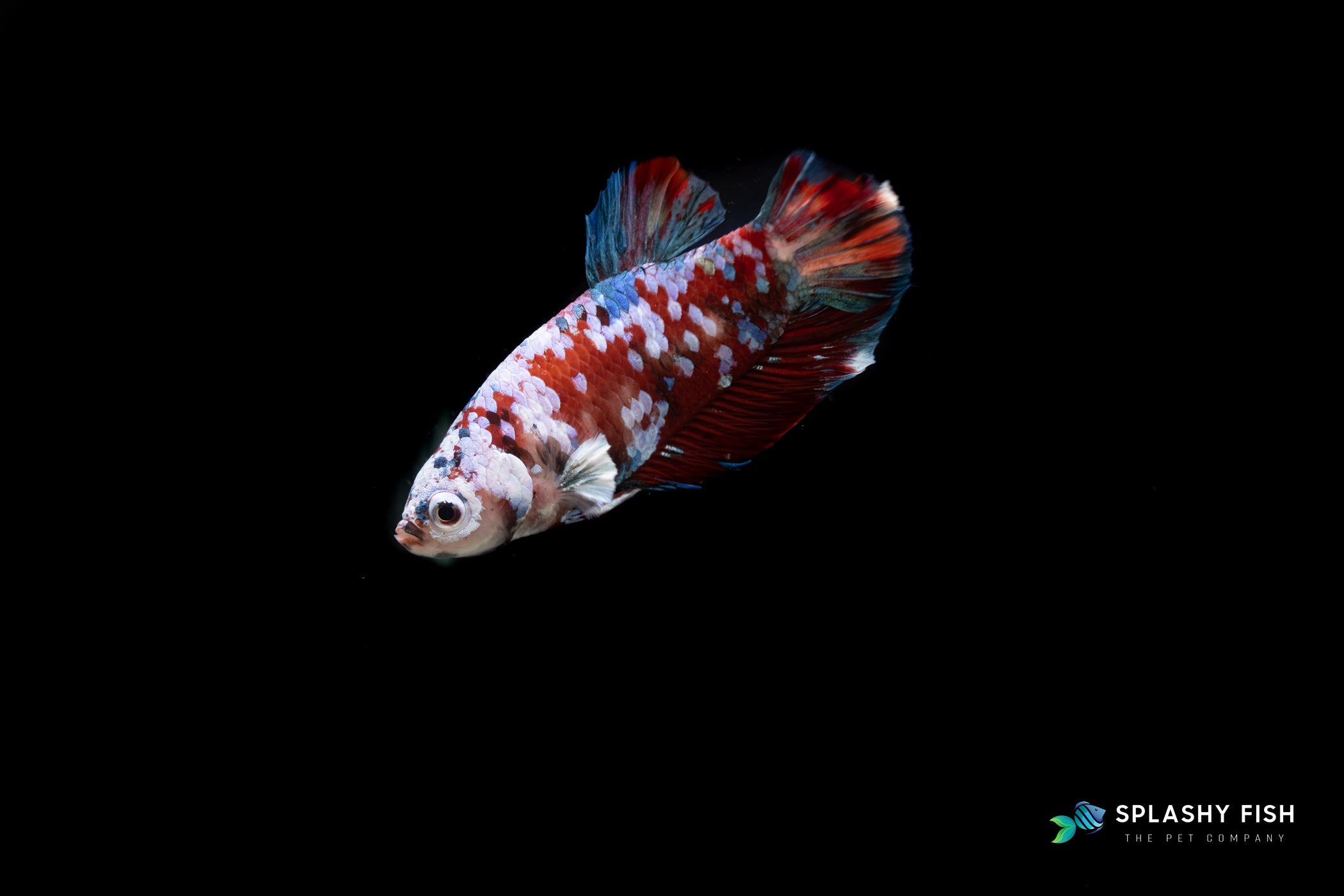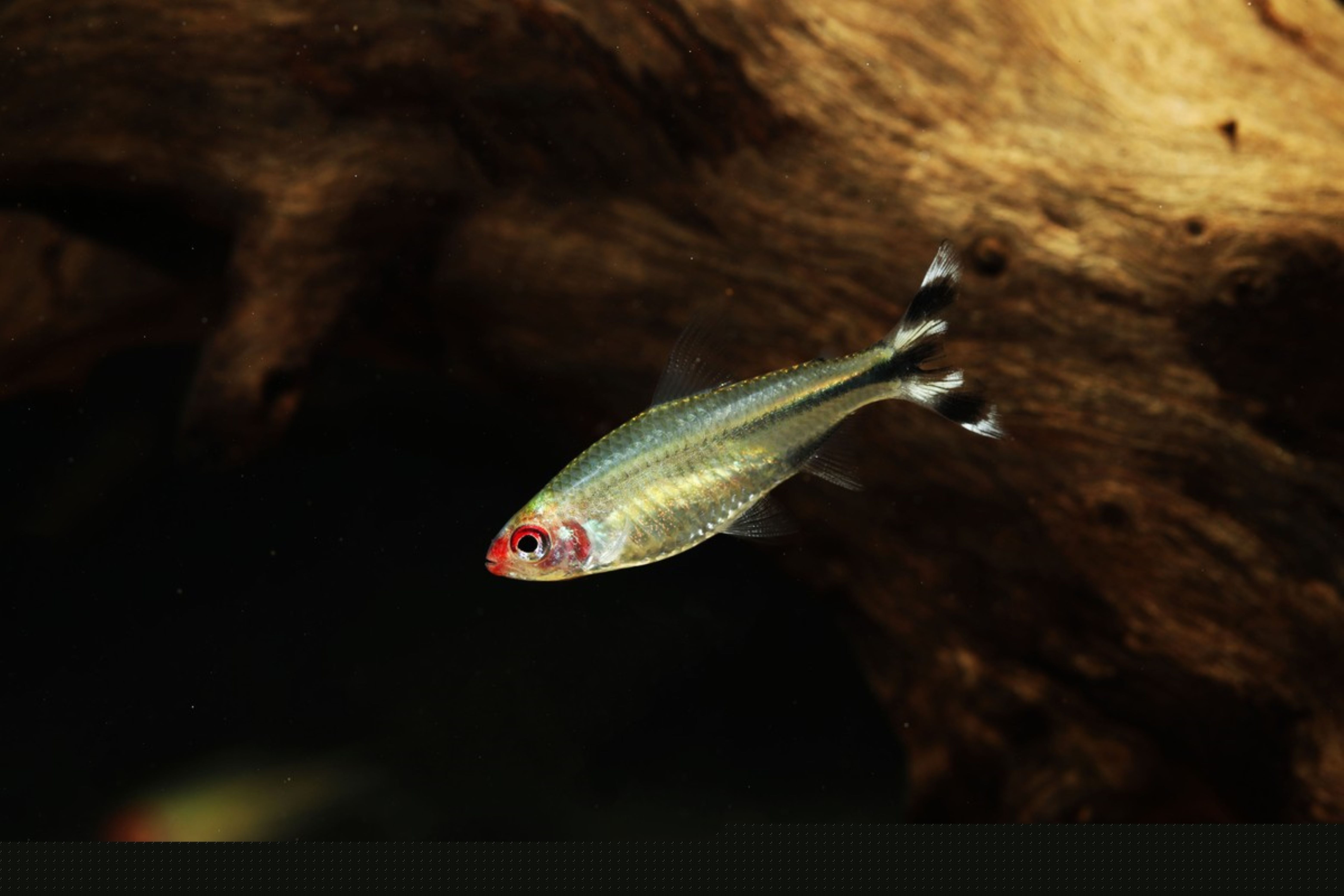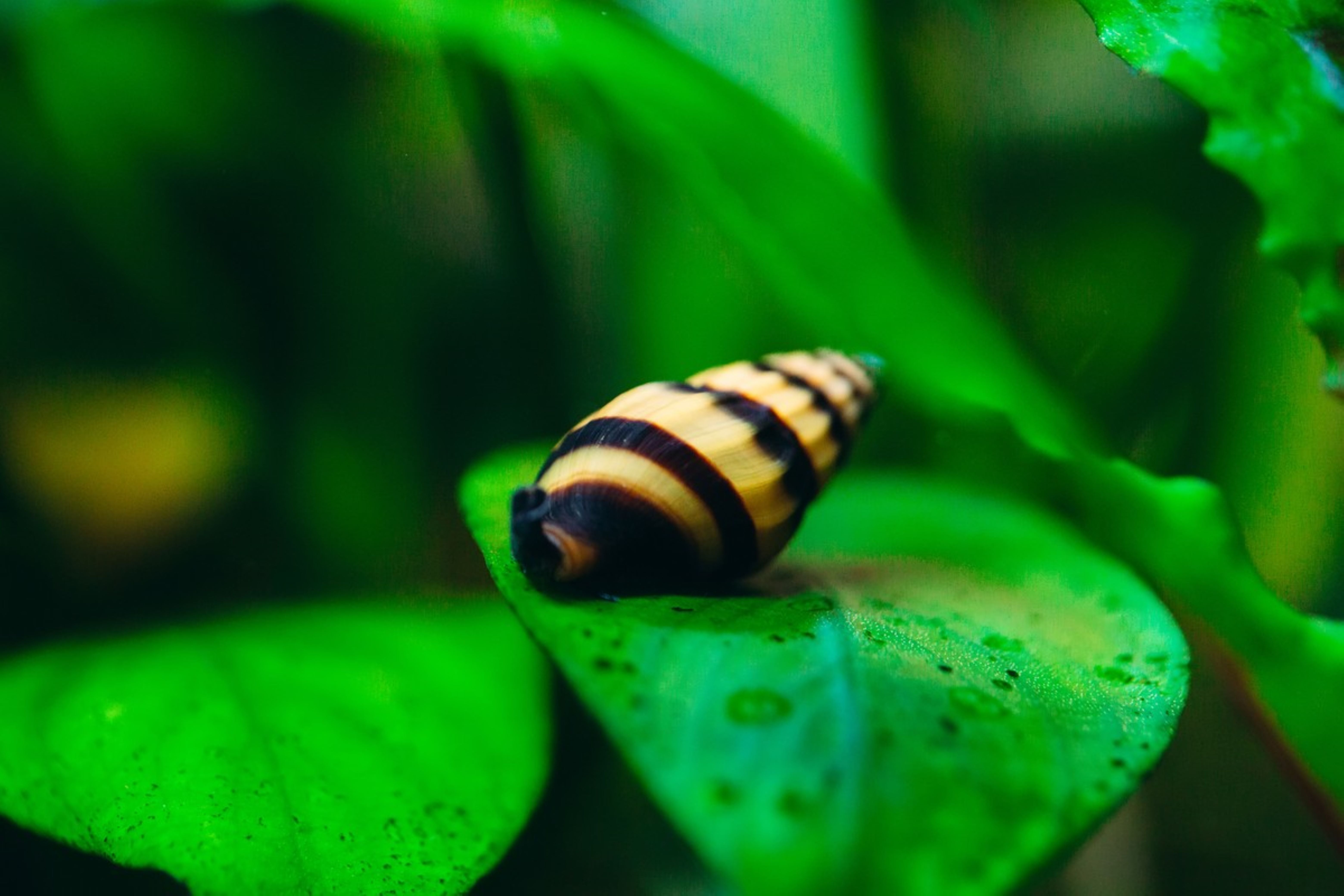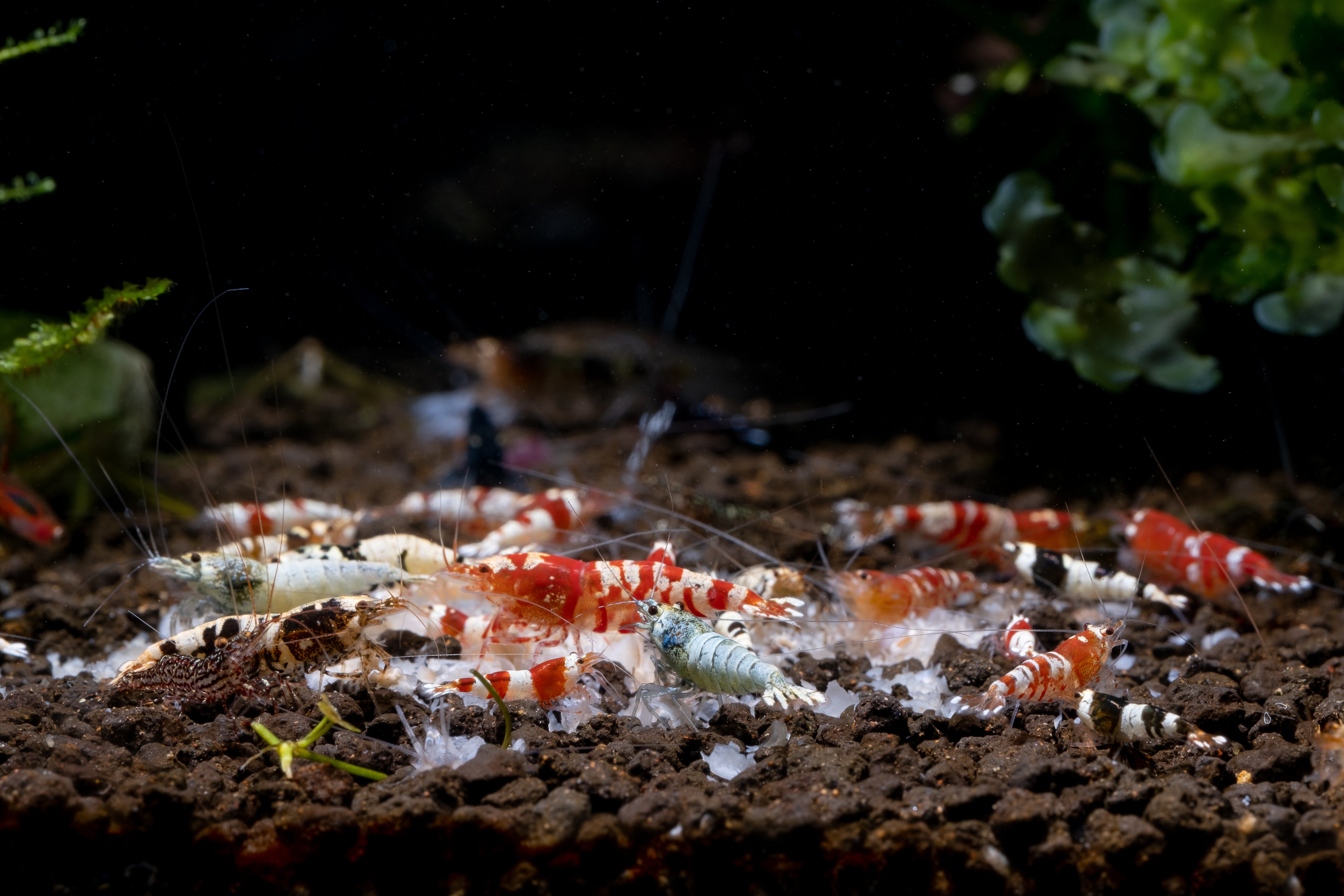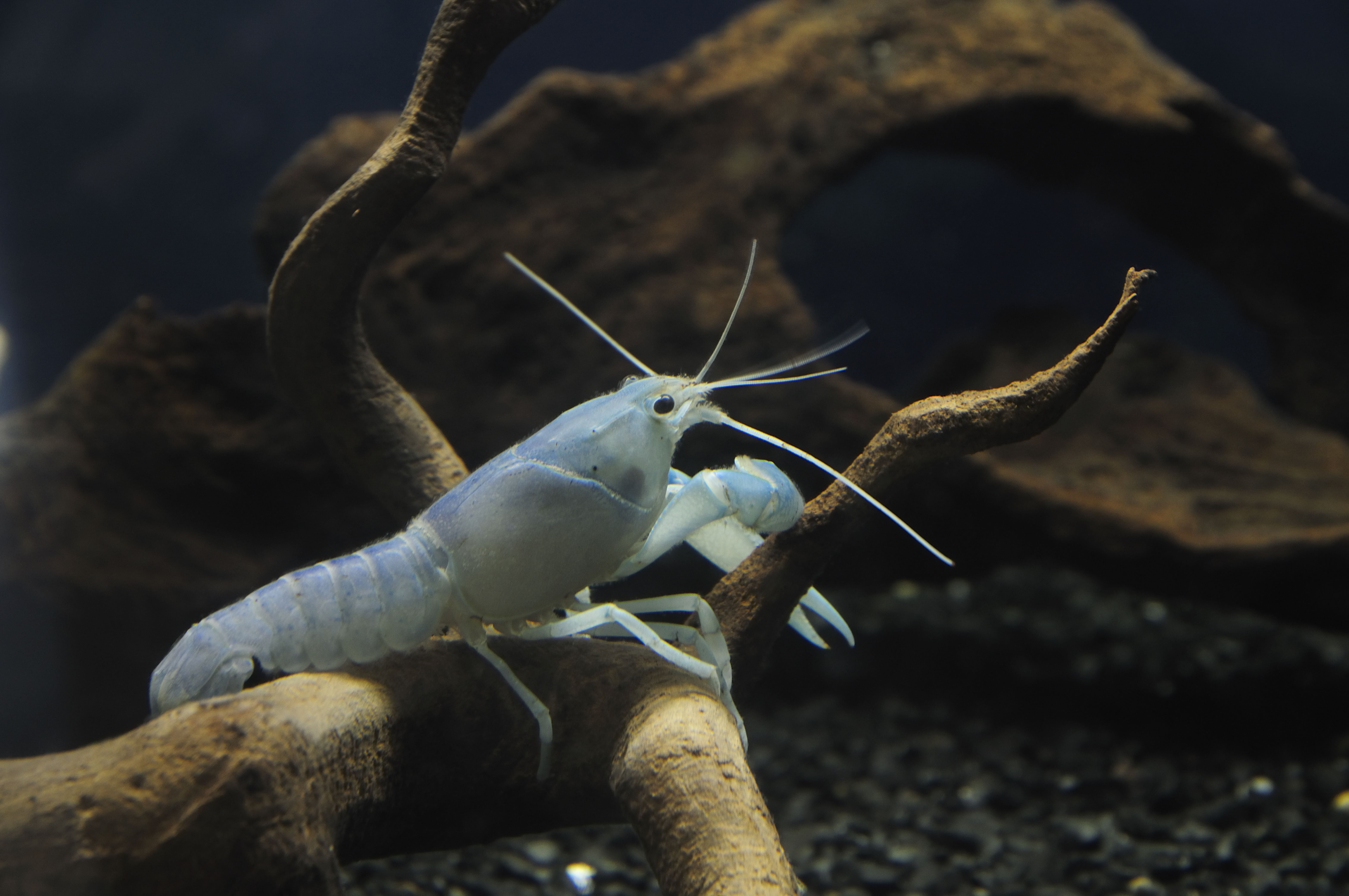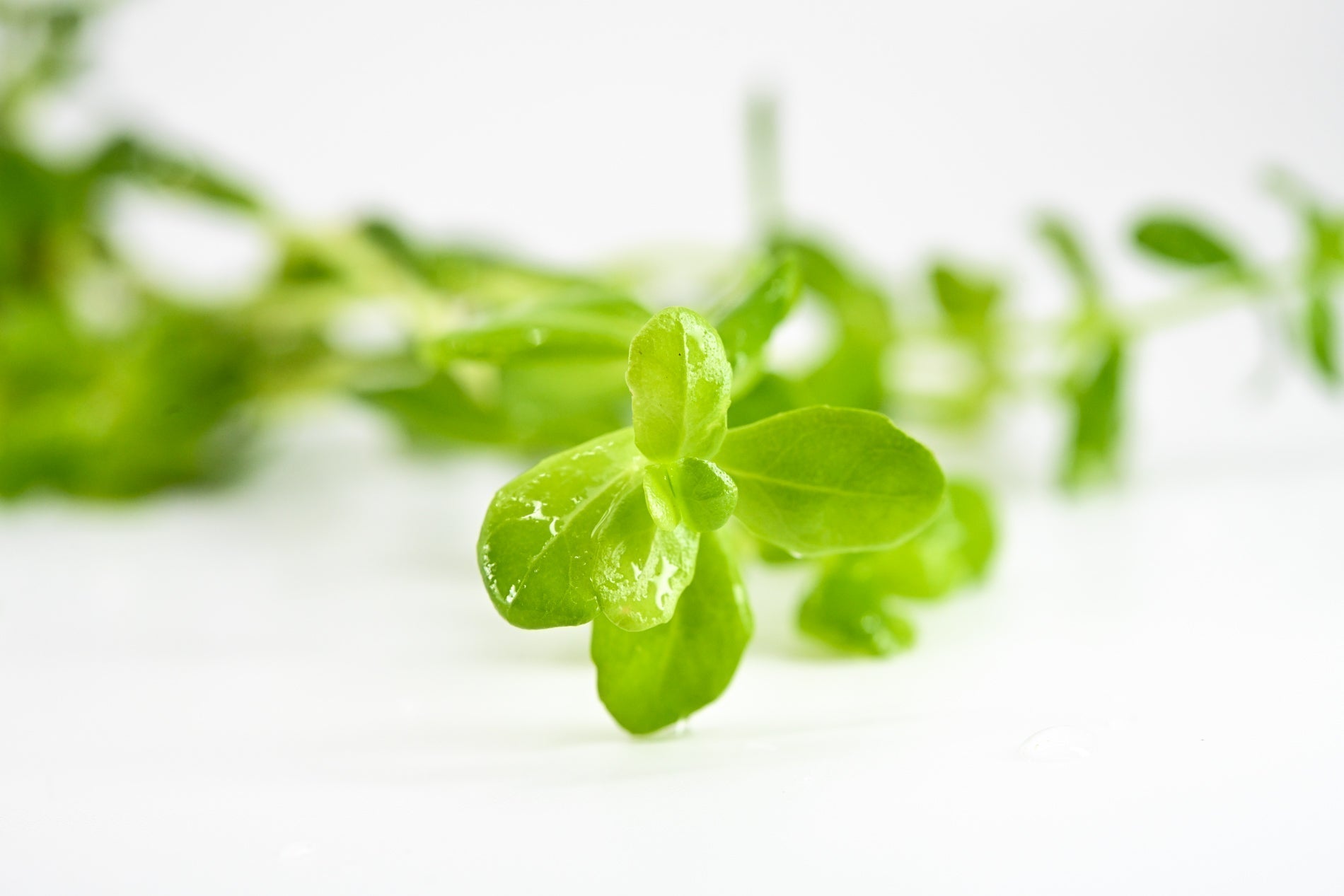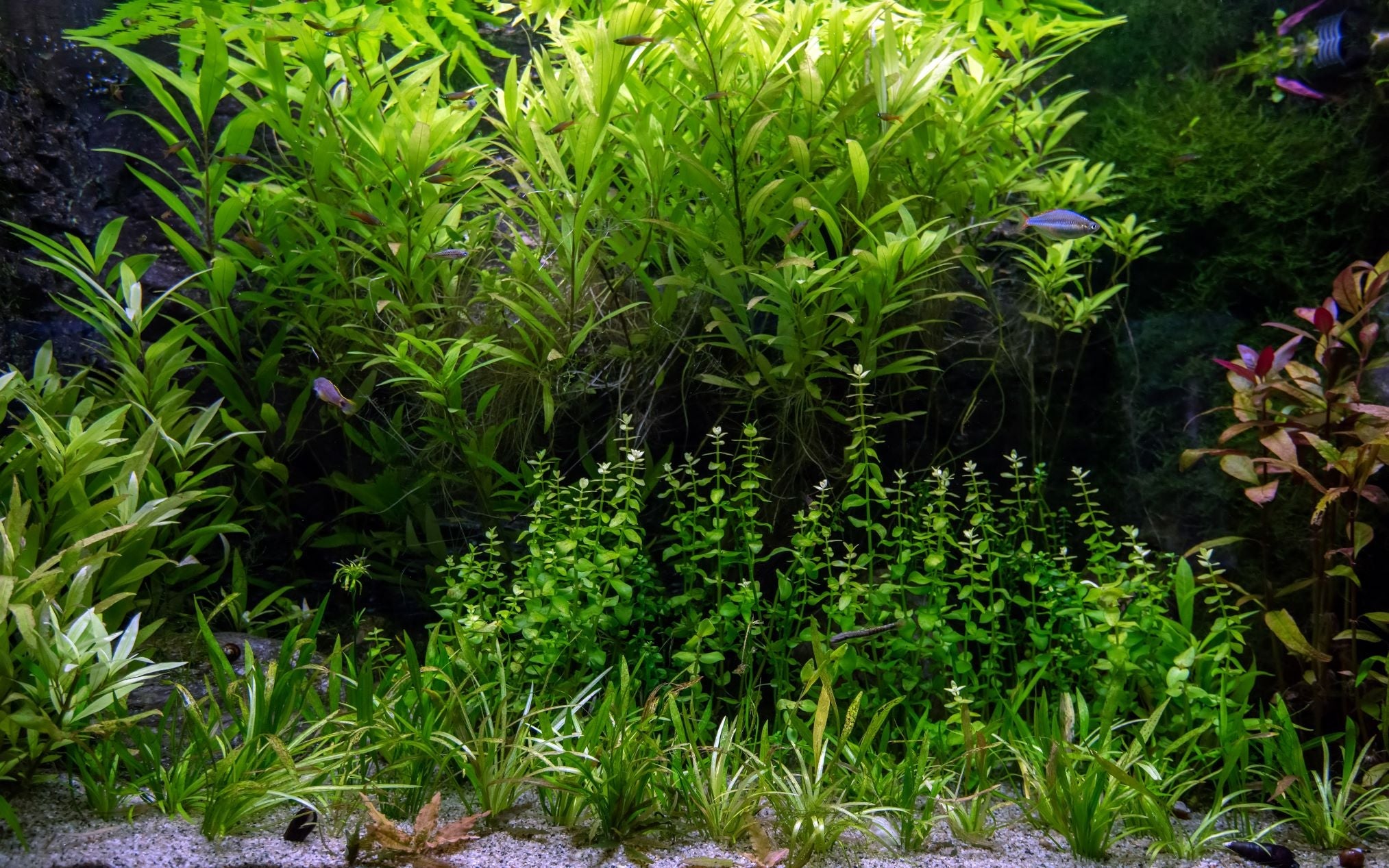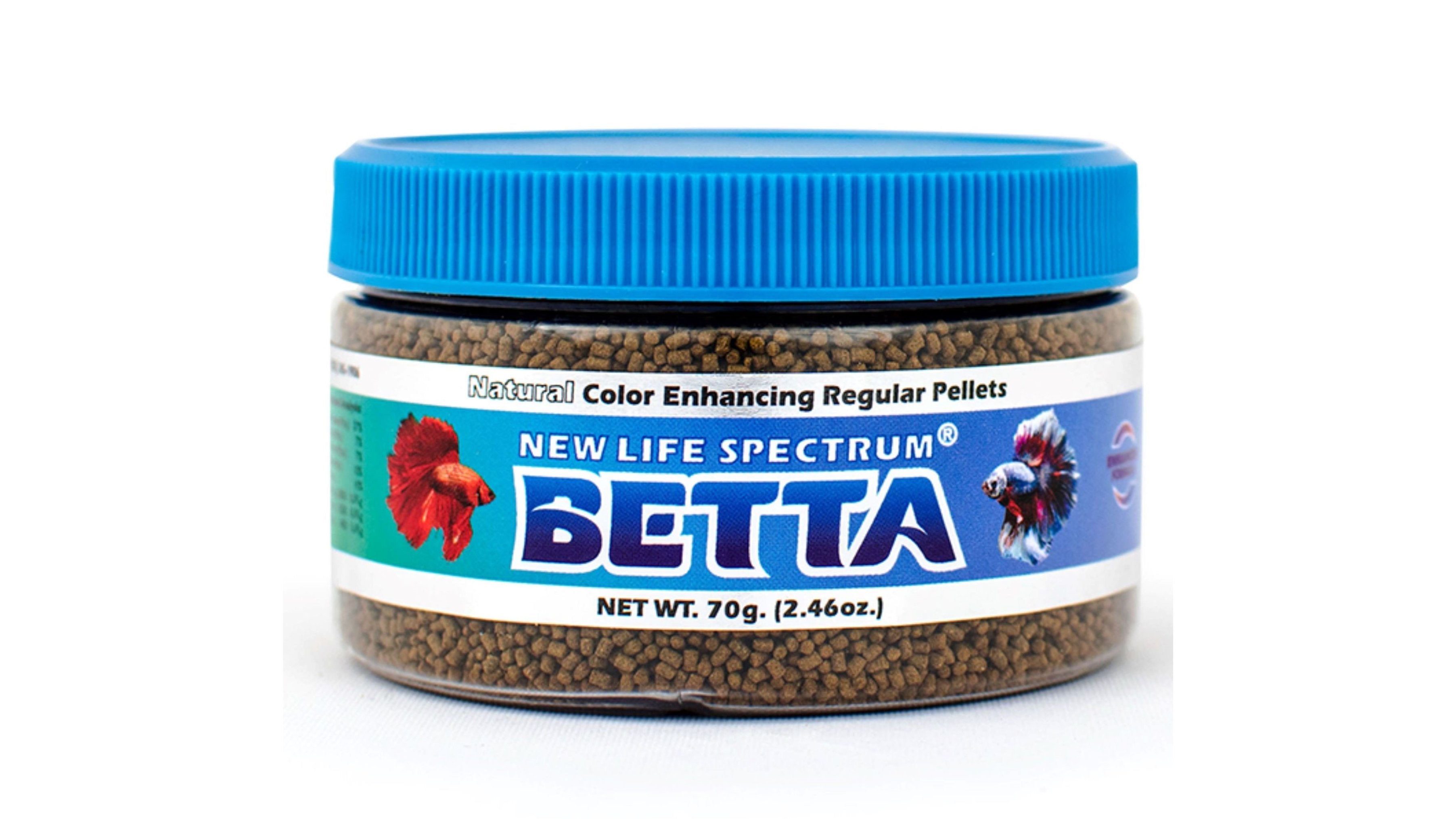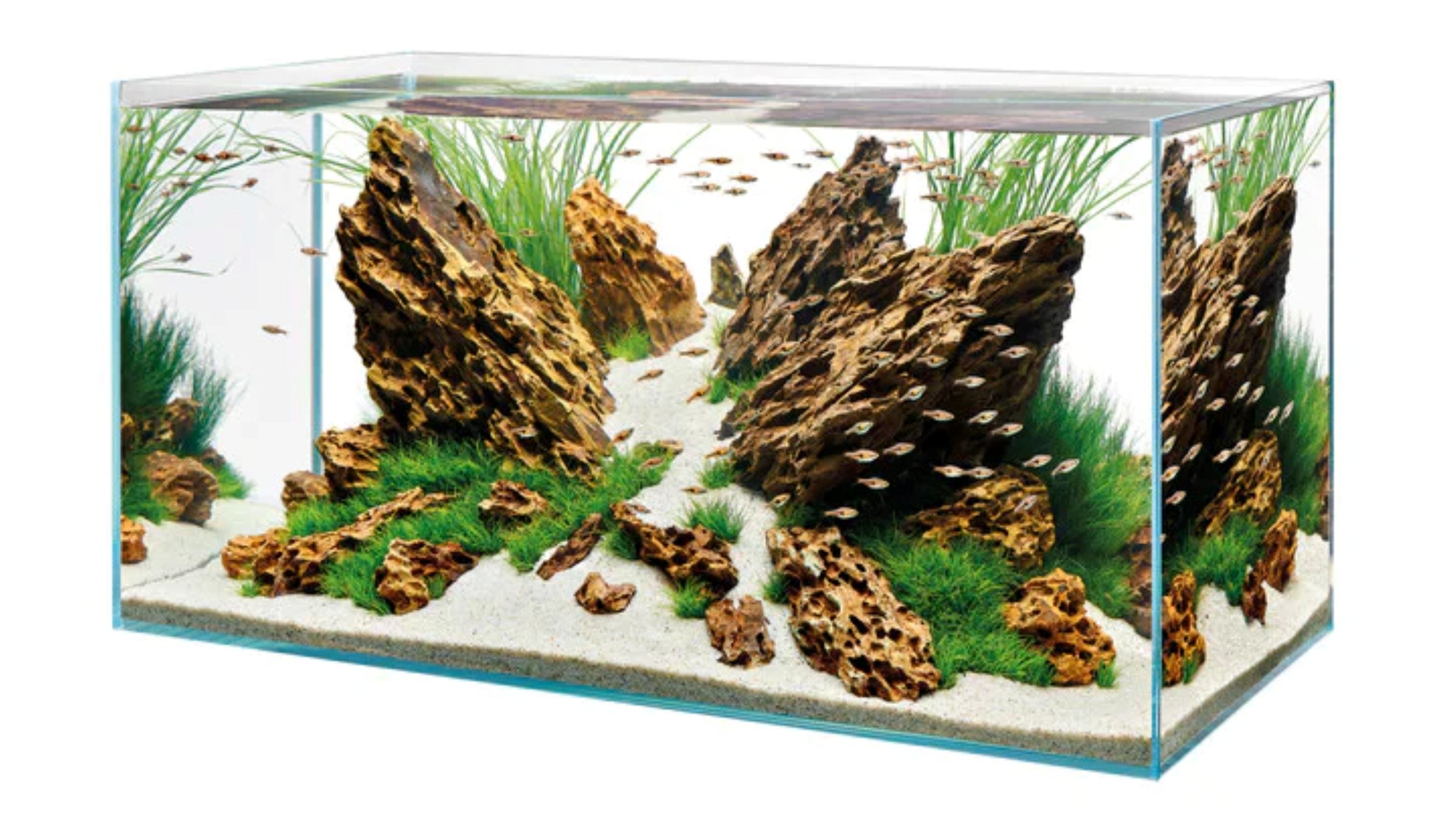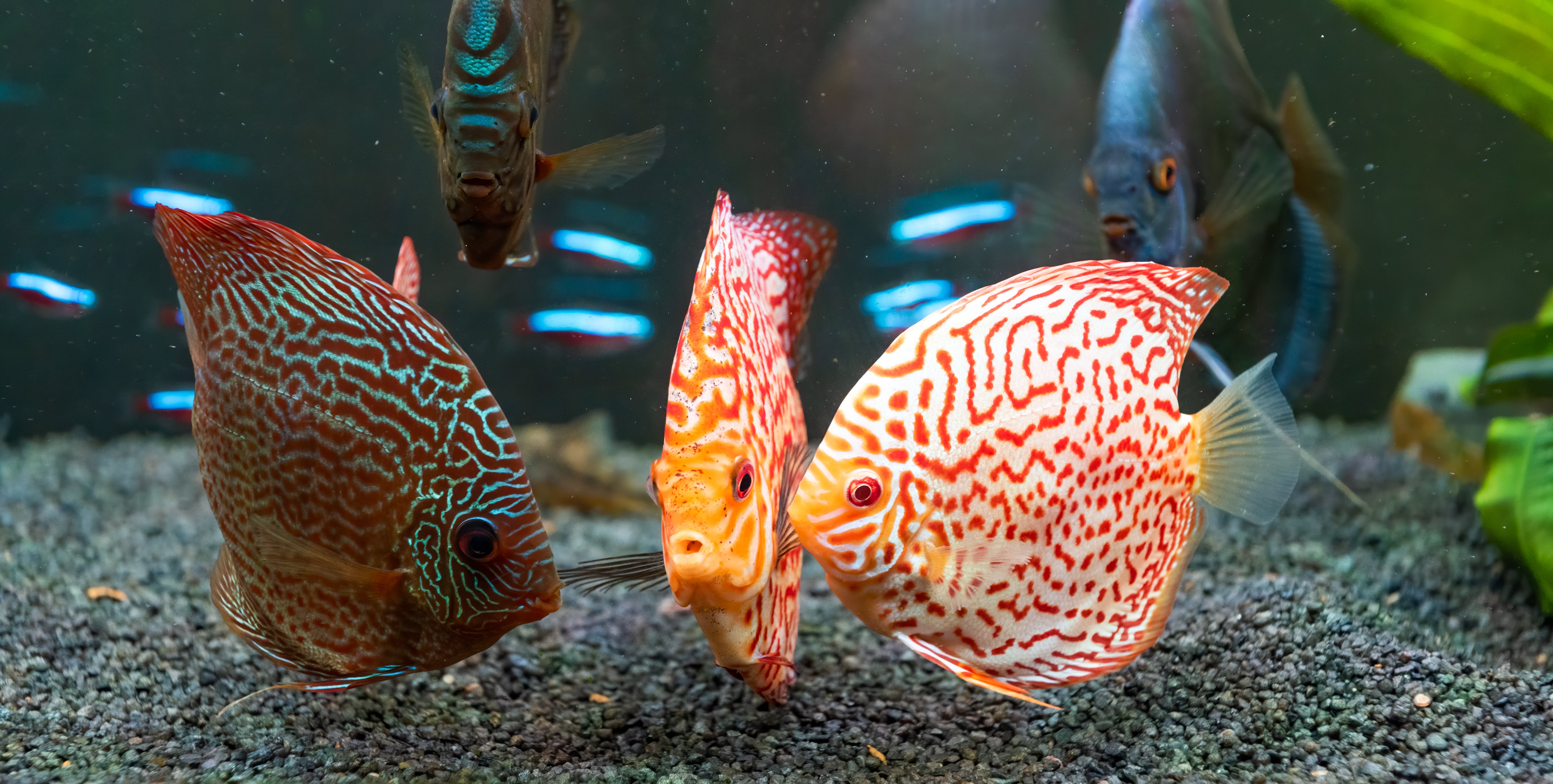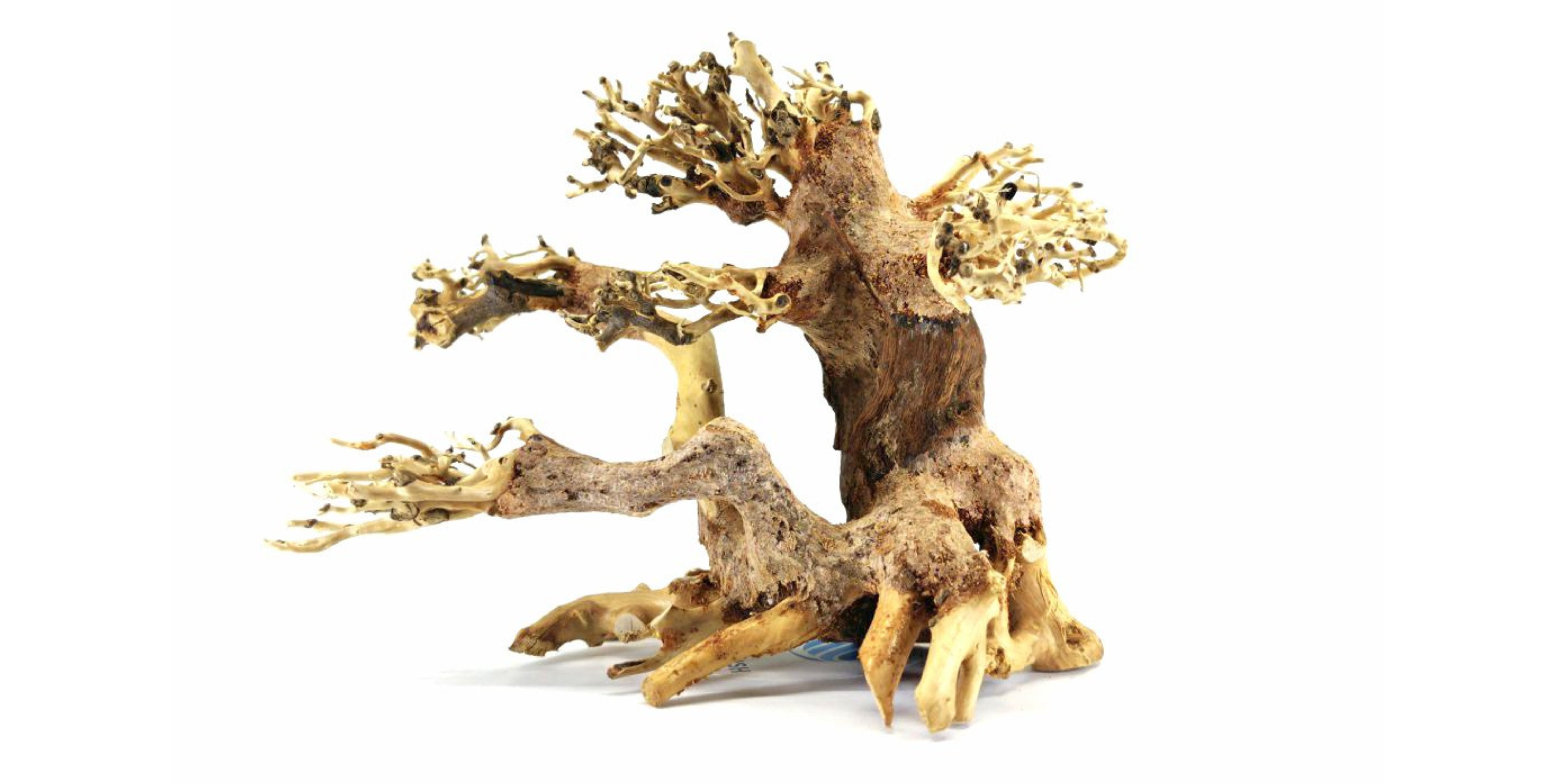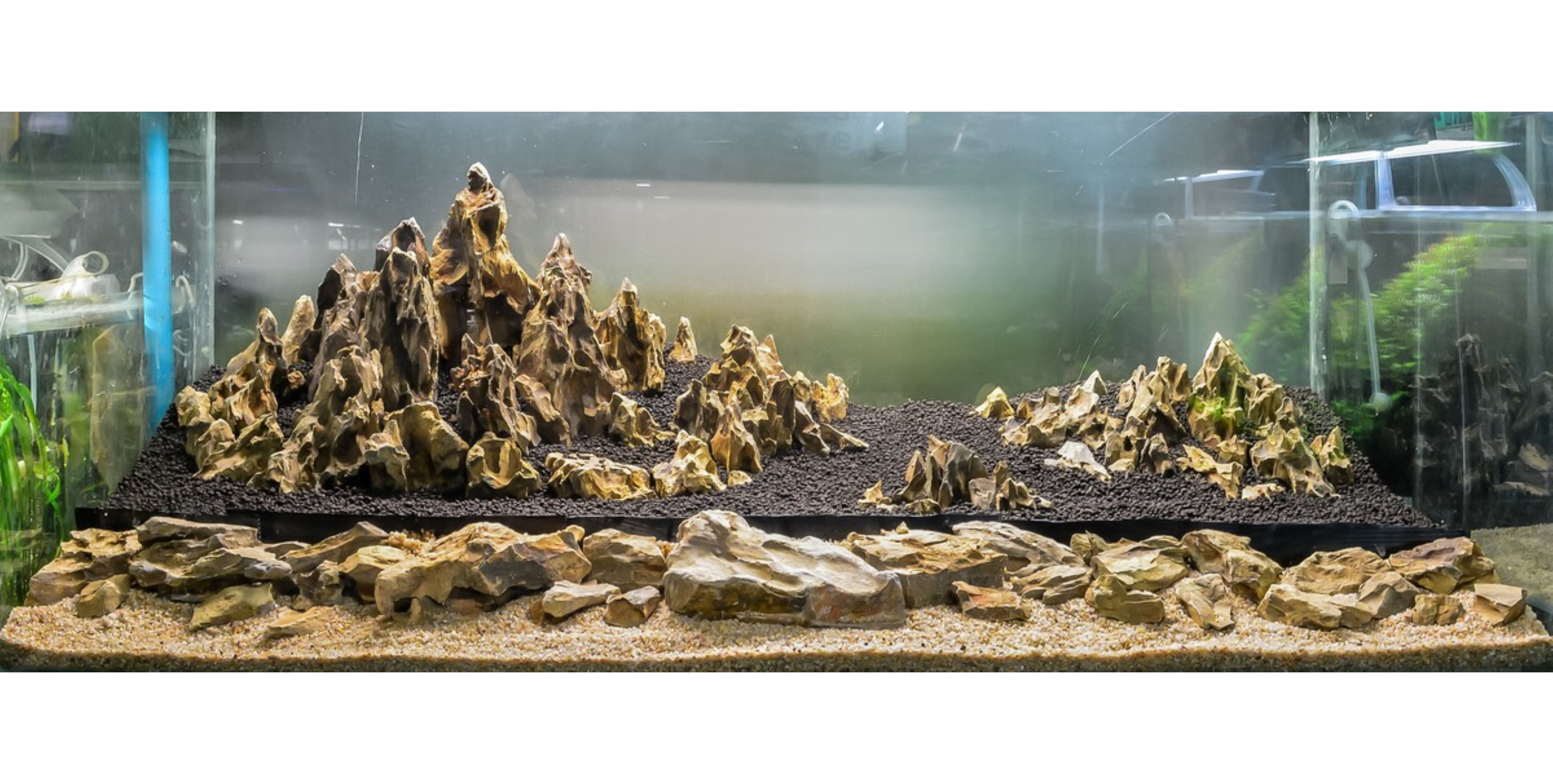Table of Contents
If you're looking to add a splash of vivid red to your nano aquarium, the Chili Rasbora (Boraras brigittae) is the perfect choice. These tiny freshwater fish are loved by aquarists for their fiery coloration, peaceful temperament, and suitability for small tanks. Whether you're a beginner setting up your first nano tank or an experienced hobbyist building a thriving community aquarium, understanding the unique care needs of Chili Rasboras is essential. In this comprehensive care guide, we’ll cover everything you need to know—from ideal tank size and water conditions to feeding tips and the best tank mates. With the right environment, these micro fish can live healthy, vibrant lives while enhancing the aesthetics of your aquascape. Let’s dive into the world of Chili Rasbora care and discover how to help them thrive in your aquarium setup.

Chili Rasboras are gorgeous nano fish that would bring joy to any home aquarium.
Chili Rasbora Appearance and Behavior
Appearance
Chili Rasbora (scientific name: Boraras brigittae), or commonly called Mosquito Rasbora, is native to Borneo, Indonesia. The fish catches many aquarists’ hearts with its fabulous appearance of the bright red coloration extending nearly over the body, with a dark black stripe running in the middle from head to tail. Some even have small dark spots at the base of the anal and tail fins. Males tend to display intense color pigments while females are generally duller and less vibrant. When grouped together, they perform a spectacular, radiant show that brings life to your aquarium.
Behavior
Known as one of the smallest tropical fish, Chili Rasboras are the favorite of the nano aquarium hobbyists. Indeed, you do not need to buy a big tank just to keep them. A group of 6 Chili Rasboras could live joyfully and healthily in an aquarium of 5 gallons. Such a ratio has been tested and proven to be effective by many experienced aquarists before. Unless you want to add more specimens, you then need to increase your fish tank’s capacity.
Notes: Chili Rasboras are the typical schooling species. Raising the fish alone does more harm than good. Rasboras will feel uncomfortable and insecure, which makes them spend most of the time hiding. If the situation lasts for a long time, the fish will be prone to diseases and eventually die. Hence, many aquarists keep Chili Rasbora in a group of six, the best ratio for nano aquariums. In case you have a big tank, you could increase the number to 20 more specimens. The larger the group is, the happier the fish are.
Chili Rasbora Water Parameters
Although Rasbora fish are known for tolerance of a wide range of water conditions, they turn out not to be meant for fishkeeping beginners. These tiny, adorable species need stable and clean water to survive, which is unfortunately only achieved by experienced aquarists. Originating from tropical regions, Chili Rasbora thrives in warm environments containing plenty of live aquatic plants and acidic water rich in tannins and leaf litter. Normally, they prefer dwelling in the parameters having:
- Ammonia and Nitrite: 0 ppm
- Nitrate: less than 20 ppm
- GH: 1-2 dGH
- KH: 3-12 dKH
- pH: 4.0 – 7.0, though slightly acidic water is preferable
- Water change: 20% once a week to keep the water quality in a clean condition
The ideal temperature should be between 75° and 82°F (23°C - 27°C) and never below 75°F. To do so, a good heater is indispensable to your fish tank. It keeps the warmth steady and allows Rasboras to thrive in their favorite freshwater environment.
What Do Chili Rasbora Eat?
Chili Rasboras may be a little picky in terms of care, but when it comes to diet, they are not at all. Being an omnivore, Chili Rasbora’s nutrition inclines towards carnivorous foods. They will accept high-quality flake food, pellets, and live, frozen, or freeze-dried Artemia, micro worms, Tubifex, and finely chopped bloodworms. Considering their size, it’d be better to chop or break the fish food into small pieces so they are able to feed on it. Interestingly, although the fish like dwelling in the top and middle levels all the time, they often have meals in the middle and bottom of the tank. Providing them with live foods is encouraged, but varying their diet is equally important. You could occasionally give them frozen or freeze-dried food to ensure Chili Rasbora gets sufficient nutrients. Feed them twice every day in the early mornings and once after sundown. This reflects their feeding habit in the wild.
Filtration for Chili Rasbora
Speaking of equipment, the lack of a filtration system is a mistake. The aquarium filter plays an important role in creating pristine water and maintaining it of good quality. However, when running the filter, make sure you adjust it to generate slow-moving currents, as Chili Rasboras cannot handle the strong flows.
Tips: When filling the aquarium with water, try not to use tap water because it likely contains chemical substances that may cause harm to your fish. Instead, use the distilled water or reverse osmosis to dilute tap water to create the proper conditions.
Live Plants for Chili Rasbora
If the water flows are still not monitored in the way you want, try to place some live aquatic plants to slow down the currents. Chili Rasbora appreciates densely planted tanks, especially those containing live plants. Indeed, live aquarium plants benefit your Chili Rasboras in many ways. They create a lush green view which recalls Rasbora’s natural habitat. They provide perfect places for the fish to hang around and explore. Moreover, if you introduce floating plants to the tank, such species will be home for plankton and worms, which are just the right-sized snack for small Chili Rasbora’s mouth. Not only that, the aquatic plant cover helps dim the light in the aquarium, which is ideal conditions to boost the intense and vivid colors of Chili Rasboras.
Tips: Dark substrates can also do the same thanks to the contrast effect. It further mimics the blackwater conditions found in Rasbora’s riverbeds, which are really enjoyed by the fish.
Of all the popular aquatic plants, we highly recommend Amazon swords, Java fern, Java moss, and Najas grass, as these freshwater species can flourish in the Chili Rasbora’s living conditions.

Aquarium Decorations for Chili Rasbora Tank
If your final target is preparing not only a proper fish tank for Chili Rasboras but also an aesthetic home aquarium for yourself to enjoy, you could consider adding some branches, driftwood, and logs together with peat (moss or pellets), and almond leaves. These natural elements help you create the blackwater conditions in the tank and break up the fast-moving currents as well. Besides that, they could also lower the pH level, making the water softer - the ideal environment for Chili Rasboras to thrive.
One of the wonderful things about possessing a Chili Rasbora tank is that you will never be bored watching them. They are peaceful yet full of energy. You easily find them splashing around restlessly, mostly in the top and middle levels of water columns. Alone, the species is a little red dot in a spacious area, but when crowded, they exhibit fascinating behaviors that please and entertain you. As dynamic as the fish are, Chili Rasboras are not commonly known for jumping out of water. Yet, it would be better to equip your tank with a tight-fitting lid in case they do.
The Best Tank Mates for Chili Rasbora
Chili Rasboras are peaceful and can get along well if introduced into a community fish tank of species sharing similar size and temperaments. If you like having various ‘inhabitants’, you could opt for smaller invertebrates like dwarf shrimp or fish that are not large and boisterous. The potential candidates may include Amano shrimp, Red Cherry shrimp, Wood shrimp, Celestial pearl danios, Chocolate gourami, Cory catfish, and Neons. Be careful of choosing Chili Rasbora’s tank mates as the fish will feel uncomfortable and easily get stressed.

Chili Rasbora Breeding
Breeding Chili Rasboras is as interesting as caring for them. The fish are easy to breed, and breed regularly if conditions are good. When they come near mating periods, the male’s coloration turns brighter and more intense, which easily distinguishes them from the female. On the other hand, the female Chili Rasboras will look rounder and plumper because they are carrying eggs. It is also worth noting that males may get territorial and ready to fight often.
The fun part of this process lies in the way the male courts his targeted female. Male Chili Rasbora will show off and chase the female around the tank until he gets it. Not long after that, the female lays eggs which scatter on the tank’s bottom.
Chili Rasboras don’t have parental behaviors. Indeed, they are further known for cannibalizing their own eggs. Therefore, it is very important to create a dense cover to protect the fish fry. If you earnestly want the breeding to occur successfully, a separate breeding tank is obviously inevitable.
Chili Rasbora Common Diseases
Clean water conditions and diet are the main factors that allow Chili Rasboras to stay healthy and robust. Luckily to say, Chili Rasbora aren’t affected by any diseases that are exclusive to the species. The issues arise when you let the water and diet be in poor condition. At that time, your fish’s immune system won’t be able to resist the common freshwater diseases such as fungal infections, bacterial infections, and parasites like Ich. To cure the ill ones, in addition to medication and quarantine, you need to hygienize their living environments as well as improve their diet.
Conclusion
Read to the end, we believe you were totally convinced by the fact that Chili Rasboras are really worth an investment. Then, what are you waiting for? Come and visit our Splashy Fish Store to find your own beautiful Chili Rasboras. Here, we supply Chili Rasboras for sale and other Rasbora fish for sale, which come from reliable sources. We further guarantee that all of our Chili Rasboras will go through the quarantine process for a period of 14 days before sale. We care about the quality and strive to provide you with the best we can. Visit us to buy them online or at our aquarium store in Virginia for more freshwater fish for sale, betta fish for sale, live aquarium plants for sale, and aquarium supplies.
Chili Rasbora Frequently Asked Questions (FAQs)
How many Chili Rasbora should be together?
Chili Rasboras are schooling fish and should always be kept in groups of at least 6, but ideally 10 or more. Keeping them in larger schools helps reduce stress, encourages natural swimming patterns, and enhances their vibrant red coloration. In a properly maintained nano tank, a group of 10–15 Chili Rasboras will display more confident and synchronized behavior. These fish feel most secure and thrive when surrounded by their own kind, making them perfect for community nano aquariums.
Can I keep freshwater shrimp with Chili Rasbora?
Yes, Chili Rasboras are excellent tank mates for freshwater shrimp, especially peaceful species like Cherry Shrimp, Amano Shrimp, and Ghost Shrimp. Their small size and gentle temperament make them shrimp-safe, and they rarely pose a threat to adult shrimp. In fact, Chili Rasboras and shrimp often complement each other in planted aquascapes—shrimp clean up algae and leftover food, while Chili Rasboras add movement and vibrant color. Just be sure to provide plenty of hiding spots for baby shrimp if you plan on breeding them.
What is the ideal tank size for Chili Rasbora?
The minimum recommended tank size for Chili Rasboras is 5 gallons, but a 10-gallon tank or larger is strongly preferred. A larger tank provides more stable water parameters, allows for better swimming space, and supports a larger school of Rasboras. Because Chili Rasboras are small, they don’t need a huge aquarium, but they do best in a well-planted nano tank with gentle water flow and soft, slightly acidic water. A rectangular tank layout is ideal, offering more horizontal swimming room for schooling behavior.


